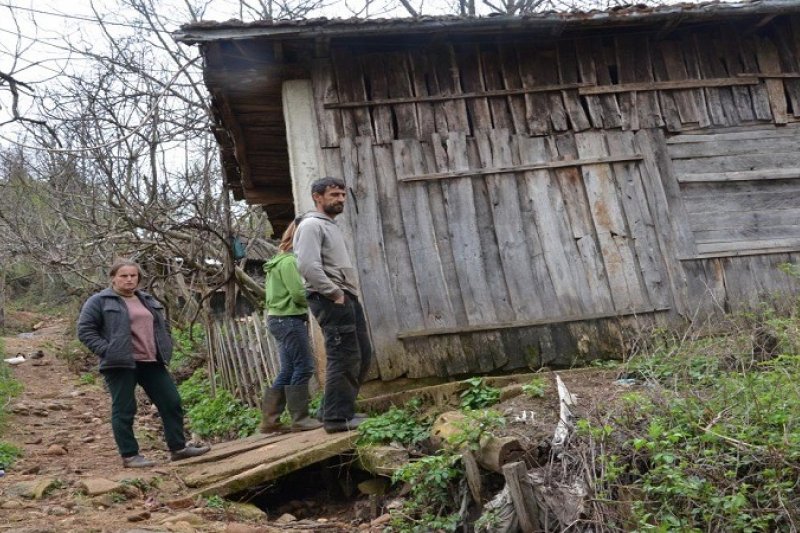Economic Aid Covers Only 20% of Albania's Poor People
Albania has almost a quarter of the country living in poverty, but at the same time there is very poor coverage of this additional social assistance.
Comparative data from the World Bank show that the payment of social assistance in Albania covers only 20 percent of the population living in poverty.
Among the 25 European and Central Asian countries that were compared, Albania along with Belarus and North Macedonia and Tajikistan had the weakest coverage of the poor with social assistance, a budget item that supports economically disadvantaged families.
The comparison of coverage of the poor with economic assistance was made for the pre-pandemic period, but high inflation and low indexation of pensions may have further worsened this indicator, the WB points out.
Post-pandemic events and the war in Ukraine have further worsened the incomes of pensioners and the poor, most of whom live in poverty due to low wages.
The six countries spend an average of only 0.3 percent of GDP to directly support the poor.
The criteria for receiving economic assistance throughout the Western Balkans are mainly related to categorical measures, such as the presence of children in the family, dependency status (people with disabilities, orphans, caregivers, unemployed), but not to the current status of well-being (such as income and wealth).
The result of this categorical targeting has produced lower social assistance funding across the Western Balkans than in the rest of developing Europe and Central Asia, leaving poor people vulnerable to shocks.
Rebalancing poverty-oriented social spending and services related to employment policies are critical to effectively reduce poverty and improve living conditions.
The World Bank took North Macedonia as a good example in the Region. The country has undergone a comprehensive reform of its social protection system. The basis of the reform is the distribution of benefits based on income criteria.
The major shocks of recent years have highlighted the great importance of social protection systems in curbing the spread of poverty.
Although the six countries spend between 8 and 13 percent of GDP on social protection, over 70 percent of this goes to pensions, compared to OECD countries, where average social protection spending on pensions is 40 percent.
(Source: Monitor)













